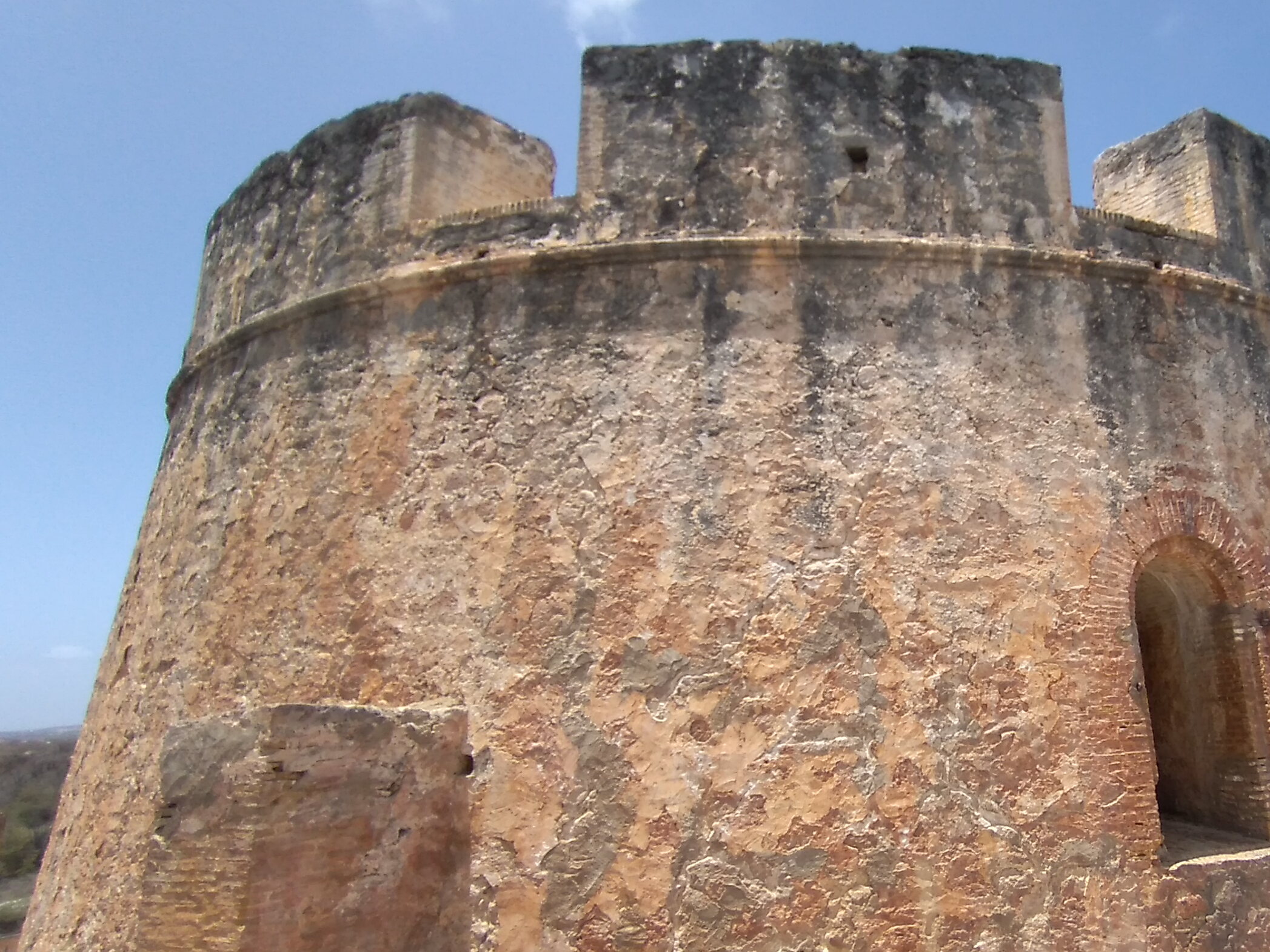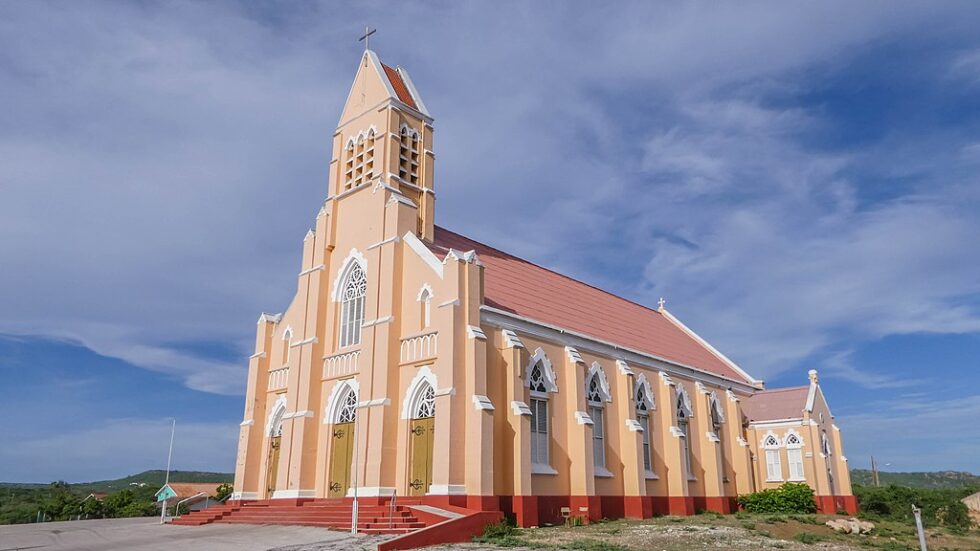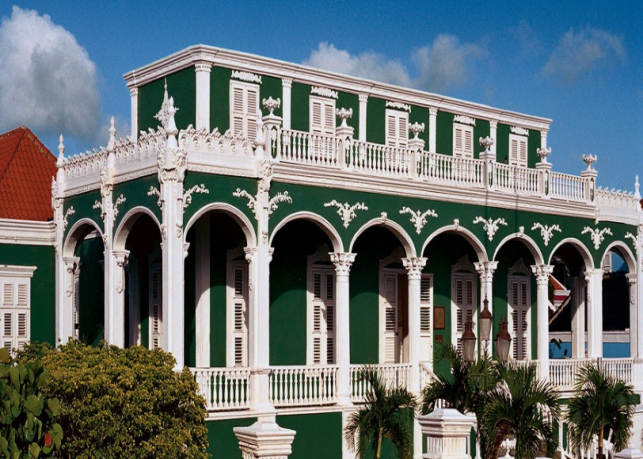Tangible Cultural Heritage Monuments
Tangible Cultural Heritage Monuments
- A monument is something that includes a memory that is linked to an important and notable person or event of a group or community. It can be a statue, building, construction made with the intention to remember/ commemorate.
- A monument can have an important value for the country where it is located. It can also have an important value on the international level (global communities).
- A building of 50 years or more with historical importance for a country and as such protected by local laws is also considered a monument. If the building has an important value for the international community, it will be protected by UNESCO’s international treaty of global heritage.
- A monument can be considered important due to its beauty, artistic, archeological, historical value, its added value for science, national or international history, and its traditional value.
- Currently, Curaçao has 870 recognized and protected national monuments, of which 800 are located in the city center. A total of 60 monuments are country houses and churches. (www.monumentenfonds.org)
- As from December 1997, Curaçao’s city center (Punda and Otrobanda) are on the UNESCO World Heritage List [UNESCO World Heritage List].



